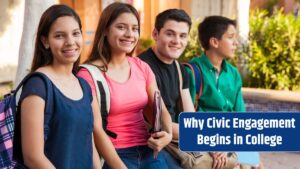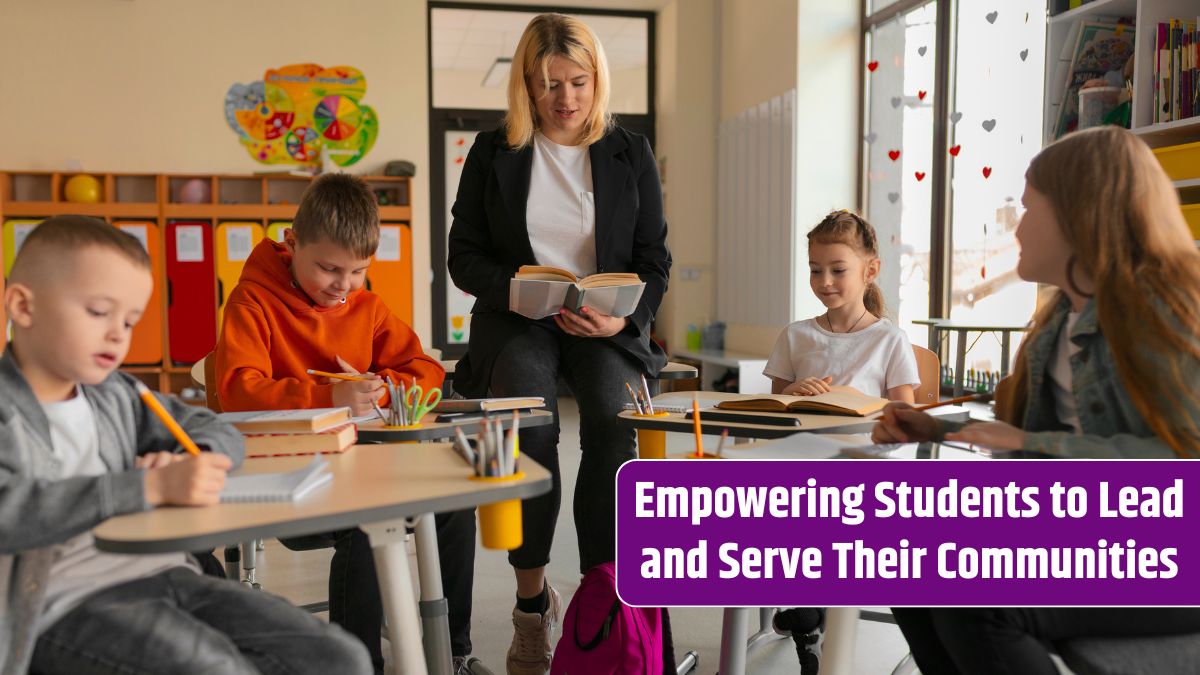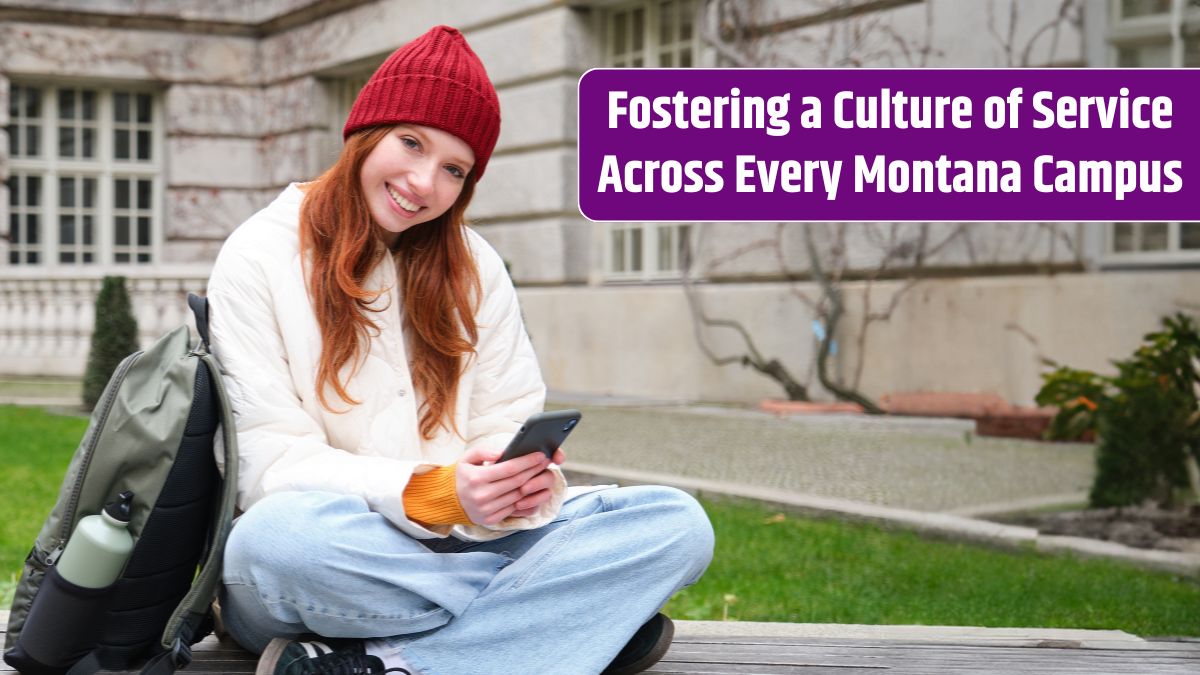Blending academics with real-world impact is no longer optional—it’s essential. Integrating community work into education enriches student learning, fosters civic responsibility, and strengthens ties between schools and the neighborhoods they serve. Whether you’re an educator designing a course or a campus leader shaping institutional priorities, embedding community engagement into academics can drive powerful outcomes for both students and society.
Here are seven effective strategies to make that integration meaningful and sustainable.
Table of Contents
1. Embed Service-Learning into Course Design
Service-learning is the gold standard for linking academic content to real community challenges. This approach pairs classroom theory with hands-on service experiences, allowing students to apply what they learn in real time.
How to do it:
- Align course objectives with a relevant social issue
- Partner with a local nonprofit or government agency
- Include structured reflection (journals, presentations, essays)
Example: A sociology class partners with a food bank to study food insecurity, while students volunteer and conduct interviews with recipients.
2. Offer Community-Based Capstone Projects
Senior capstone projects provide an excellent opportunity for students to work on long-term, impact-driven initiatives with community partners. These projects allow students to synthesize learning across disciplines while contributing to tangible solutions.
Best practices:
- Collaborate early with stakeholders to identify meaningful needs
- Set clear deliverables (research reports, strategic plans, workshops)
- Assign faculty mentors to guide project quality and integrity
3. Create Credit-Bearing Internships with Nonprofits
Structured internships at nonprofits or government agencies give students in-depth exposure to community work. When integrated with academic oversight and reflection, they become more than résumé builders—they become immersive learning labs.
Key components:
- Learning contracts outlining goals and responsibilities
- Mid-semester check-ins with faculty and site supervisors
- Final evaluation and academic reflection paper
4. Use Community-Engaged Research Models
Community-based participatory research (CBPR) invites students and faculty to co-design research with local organizations. This model ensures mutual benefit and produces data that actually drives change.
Ideal for:
- Public health
- Education policy
- Environmental studies
- Urban planning
Example: An environmental science class conducts water testing in partnership with local Indigenous communities, who help set the research agenda and use the findings to advocate for policy change.
5. Host Campus-Community Events and Forums
Bringing the community onto campus—or vice versa—fosters dialogue and collaboration. Academic departments can host forums, town halls, or solution labs that allow students and local stakeholders to brainstorm and co-create ideas.
Ideas include:
- Youth-led community listening sessions
- Public policy debates
- Art exhibitions addressing social justice
These interactions also allow students to hone public speaking and facilitation skills.
6. Launch Living-Learning Communities
Living-learning communities (LLCs) dedicated to civic engagement house students with shared interests in social change. They combine themed coursework, community service, and residence life into one cohesive experience.
Benefits:
- Strong peer networks
- Deepened engagement with social issues
- Close faculty interaction
LLCs are especially powerful for first-year students exploring their academic and service passions.
7. Reward and Recognize Engagement in the Curriculum
To truly institutionalize community integration, campuses must recognize and incentivize it.
Ways to do this:
- Designate civic engagement courses on transcripts
- Offer certificates or minors in community leadership or service-learning
- Include civic work in tenure/promotion guidelines for faculty
Acknowledging impact not only motivates students and staff—it signals that the institution values learning that matters.
Integrating community work into academics doesn’t mean sacrificing rigor—it means amplifying relevance. When students learn through service, they gain not just knowledge, but also empathy, leadership, and a deeper sense of purpose. In today’s world, these are essential tools for both personal success and collective progress.
FAQs
What is the difference between volunteering and service-learning?
Volunteering is extracurricular; service-learning is tied to academic goals and includes structured reflection and assessment.
How can faculty find community partners?
Start with your college’s civic engagement or community relations office. Attend local nonprofit networking events and build relationships gradually.
Can these strategies work across all disciplines?
Absolutely. Whether it’s engineering students designing solar systems for shelters or English majors creating digital archives for local history, every discipline can connect to community needs.
























